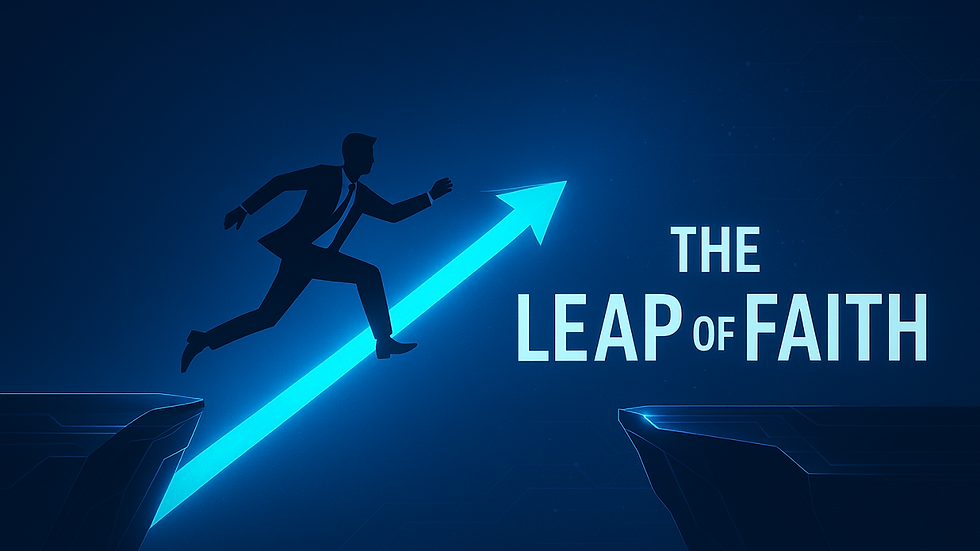Bridging the Gap: The Social Mandate
- mouniryassine

- Aug 18
- 3 min read
In the Middle East, business leaders are facing a new kind of "Leap of Faith." It is no longer just about economic diversification or market expansion but about integrating the "S" of ESG—the social pillar—into the core of their operations. This is driven by a powerful confluence of local and international forces, from evolving national visions to a new wave of investor and consumer demand for corporate social responsibility. The central challenge for leadership is to build a bridge to a future where social impact is both a measurable metric and a strategic advantage.
The Rising Demand for Social Responsibility
The demand for social responsibility is no longer a soft consideration; it's a hard requirement. Global investors are increasingly scrutinizing how companies treat their workforce, engage with their communities, and manage their human capital. This is especially true for sovereign wealth funds and institutional investors who see strong social performance as a key indicator of long-term stability and resilience. At the same time, regional governments are prioritizing social well-being and prosperity as central to their national agendas.
This is meeting a powerful bottom-up demand from a young, tech-savvy demographic that expects the companies they work for and buy from to have a positive impact on society. The market is signaling a clear and urgent need for social accountability, but a significant gap remains.
The Gap Between Demand and Supply
The most pressing challenge is the wide gap between this accelerating demand for social responsibility and the current supply of robust frameworks and data. Unlike environmental metrics like carbon emissions, social performance is often difficult to quantify and standardize. Many companies in the Middle East lack the tools, expertise, and established metrics to accurately measure and report on key social indicators.
The data for things like living wages, employee well-being, and community engagement is often fragmented and non-standardized. This creates a significant talent gap, as there is a pressing need for professionals who specialize in social impact measurement. This leaves leaders with a choice: wait for a perfect playbook and risk being left behind or take a Leap of Faith to pioneer their own solutions.
Bridging the Gap with AI and a Leadership Mandate
Bridging this gap requires the same courageous leadership that was once needed to navigate volatile markets. It demands a shift from reactive compliance to proactive innovation. Leaders must first cultivate Adaptive Systems that can track and measure previously unquantifiable social metrics. This is where AI plays a key role. AI-powered platforms can analyze complex, unstructured data from sources like employee sentiment surveys, community feedback on social media, and supply chain audits to identify risks and opportunities in real-time. For example, AI can help companies analyze wage data against local cost-of-living metrics to ensure a living wage is being paid, or it can analyze community engagement to measure the true impact of corporate initiatives.
This Balanced Intelligence, blending AI's quantitative precision with human insight, allows leaders to move beyond a simple headcount and to truly understand their social footprint. Bridging the gap means empowering teams to act as social pioneers and to embed social responsibility into the very fabric of the organization. The future of business in the Middle East will be defined not just by economic success, but by the ability to demonstrate a clear and transparent commitment to social prosperity.



Comments